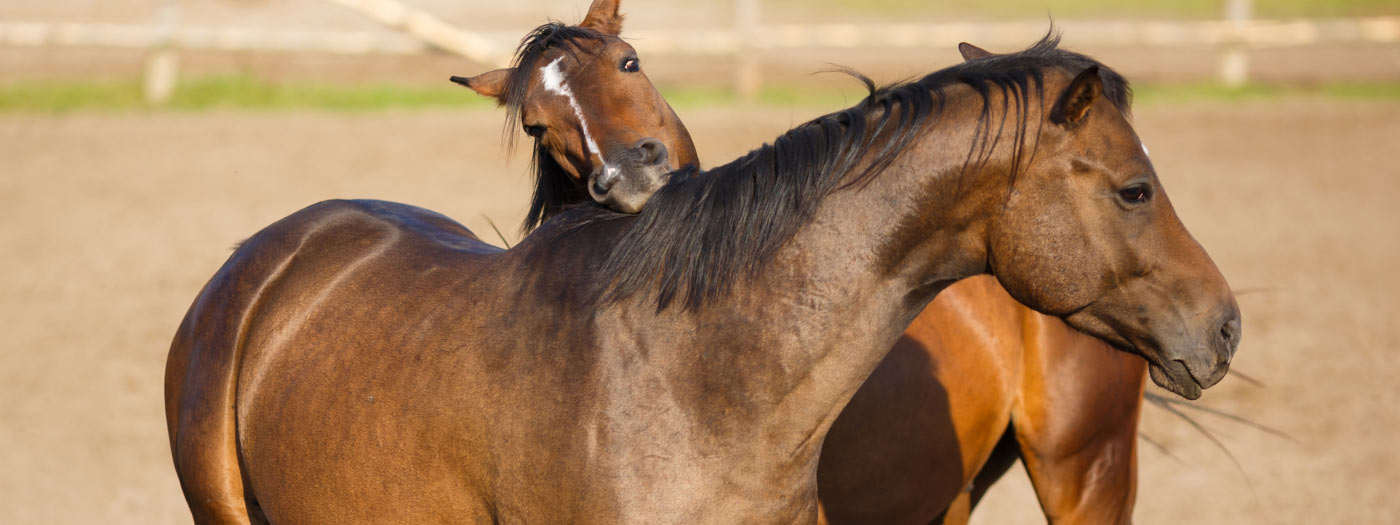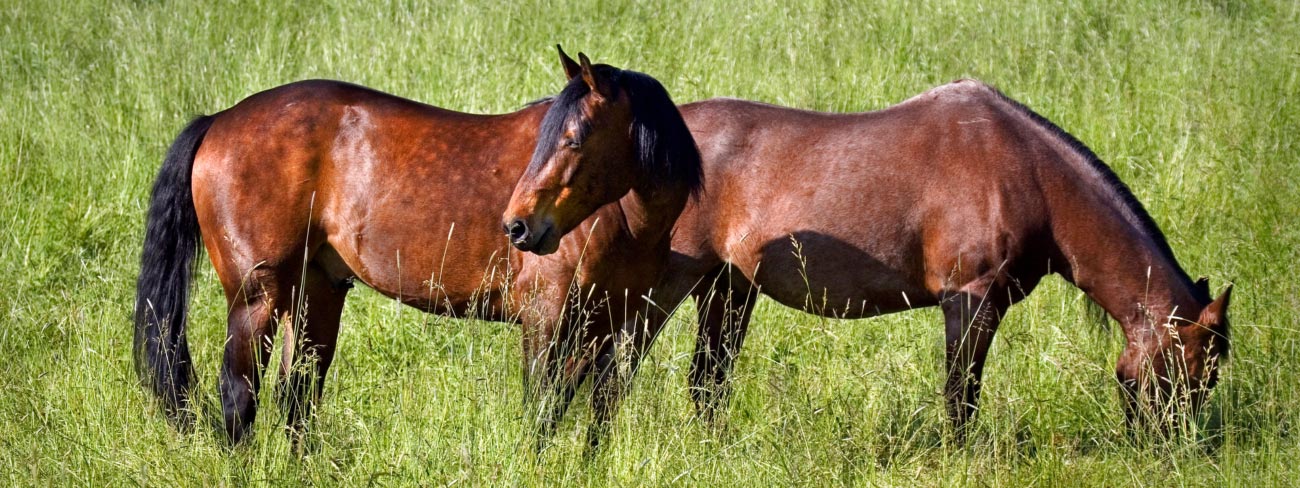
Biting in horses can be worrying, painful, and even dangerous. Whether it’s a playful nip, a warning, or a defensive bite, understanding why horses bite is the first step to addressing the behaviour in a kind and effective way.
Why Do Horses Bite?
Horses rarely bite “just because.” And definitely not for the sake of just being “naughty” or defiant.
Biting is a form of communication. Common reasons include:
Playfulness or curiosity: Young horses often explore with their mouths, much like puppies.
Defensiveness or fear: A horse who feels threatened may use biting as self-protection.
Pain or discomfort: Ill-fitting tack, ulcers, or musculoskeletal pain can make a horse irritable.
Frustration or poor handling: Rough handling, limited turnout, or confusion during training can cause a horse to lash out.
Food aggression: Horses may bite when food is involved, especially if they’ve learned resources are scarce.

Why Punishment Doesn’t Work
Traditional responses like hitting a horse on the muzzle may stop the bite momentarily, but they don’t solve the root cause. In fact, punishment can increase fear, stress, and increase aggressive behaviours. Your horse may learn to suppress the warning signs before biting, making the behaviour less predictable and even more dangerous.
Gentle, science-based training focuses on teaching alternative behaviours and creating positive experiences instead of fear.

How to Prevent and Manage Biting
Here are steps you can take:
Check for pain first: Rule out dental issues, tack problems, ulcers, or soreness with the help of a vet or equine professional.
Respect personal space: Teach your horse clear boundaries with kind, consistent handling.
Reward calm behavior: Reinforce when your horse stands quietly, especially around food or grooming.
Provide enrichment: Horses need turnout, foraging, and social interaction to stay content.
Work with a professional: An equine behaviourist or trainer who uses positive reinforcement can guide you safely.

Building Trust, Not Fear
Horses who bite aren’t “bad.” They’re communicating discomfort, confusion, or unmet needs. By listening to their body language and responding with empathy, you can build a relationship based on trust rather than force.
Looking for help from an animal behaviourist?
At Gentled Animals, we’re here to help you and your cat live harmoniously, with understanding and kindness at the heart of every solution.